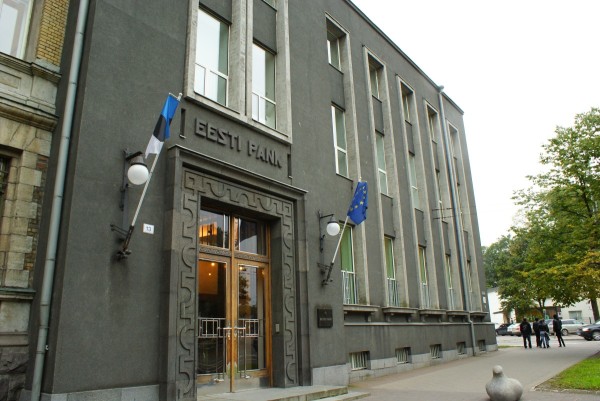Statistics Estonia 16 January 2017 – news release no 8
According to the initial estimates of Statistics Estonia, the population number of Estonia as at 1 January 2017 was 1,317,800, which is 1,850 persons more than at the same time a year ago.
The population decreased by 1,370 due to negative natural increase (the number of deaths exceeded the number of births) and increased by 3,220 due to positive net migration (more persons immigrated to Estonia than emigrated). In total, the population of Estonia increased by 0.14% in 2016. The population of Estonia has increased for two years already, because immigration has been higher than emigration and negative natural increase.
More than 13,900 children were born in Estonia in 2016. The number of births has remained at approximately the same level for five years. Considering that the number of women in childbearing age has decreased, it could be seen as good news, but there is still a long way to go before really good news in births statistics.
There were 15,300 deaths in 2016. The number of deaths has remained at this level for six years in a row, varying by just +/-150. As the population is ageing and the number of older people increases year after year, it is expected that life expectancy will continue to increase.
In 2016, there were 9,100 persons who immigrated to Estonia and 5,800 persons who emigrated. Migration statistics are most difficult to estimate based on preliminary data, as Statistics Estonia supplements migration figures with data from additional registers and later also adds unregistered migration according to the methodology of calculating population based on residency index: if a person changes from resident to non-resident, it is emigration, and in the contrary case, it is immigration (if it is not births or deaths). Reaching the final result is more complicated compared to other events, both technically and methodologically, and can significantly increase migration flows. Emigration increases mainly due to unregistered leaving of European Union and Estonian citizens. Immigration increases mainly due to return migration of Estonian citizens, which is also not registered, as the prior leaving was not registered. Compared to immigration, emigration is less registered knowingly or unknowingly, and therefore, emigration increases presumably more than immigration in the revised population number.
The current outcome is based on changes of residence in the population register in 2016 – persons whose residence was not Estonia at the previous year-end but was so at this year-end are considered immigrants, and the persons whose residence was Estonia at the previous year-end but not at this year-end are considered emigrants.
The initial population number is based on initial data on births, deaths and migration.
Statistics Estonia will publish the revised population number on 4 May and the revised migration data on 23 May.
For the statistical activity “Population”, the main representative of public interest is the Ministry of Social Affairs, commissioned by whom Statistics Estonia collects and analyses the data necessary for conducting the statistical activity.
The population of Estonia increased last year
Eestlased Eestis | 18 Jan 2017 | EWR
Eestlased Eestis
TRENDING
























